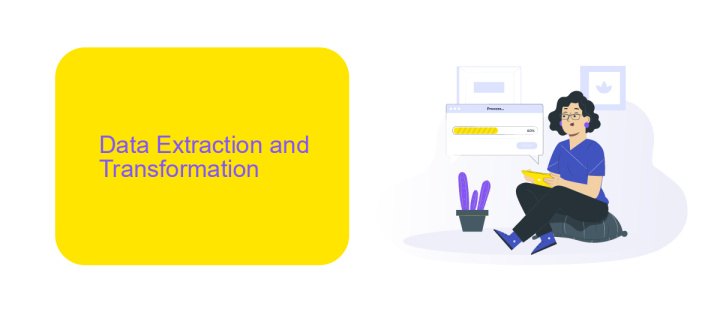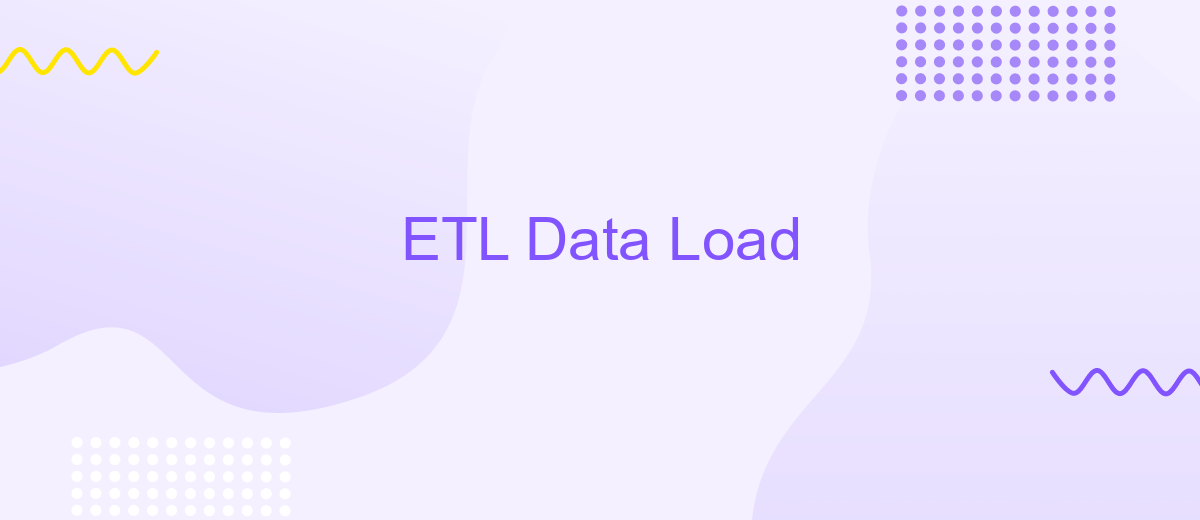ETL Data Load
ETL (Extract, Transform, Load) is a crucial process in data management that involves extracting data from various sources, transforming it into a suitable format, and loading it into a target database or data warehouse. This article delves into the intricacies of ETL data load, highlighting its importance, key steps, and best practices to ensure efficient and accurate data integration.
ETL Overview
ETL (Extract, Transform, Load) is a fundamental process in data management, enabling the integration and transformation of data from various sources into a centralized repository. This process is essential for businesses to make informed decisions based on accurate and comprehensive data.
- Extract: Data is collected from multiple sources, such as databases, APIs, and flat files.
- Transform: The extracted data is cleaned, formatted, and transformed to meet the target system's requirements.
- Load: The transformed data is loaded into a data warehouse, data lake, or another target system for analysis and reporting.
Services like ApiX-Drive streamline the ETL process by providing automated integration solutions. ApiX-Drive allows users to easily connect various data sources and automate data workflows without extensive coding. This not only saves time but also ensures data consistency and reliability across different systems. Leveraging such tools can significantly enhance the efficiency of the ETL process, enabling businesses to focus on deriving actionable insights from their data.
Data Extraction and Transformation

Data extraction is the initial step in the ETL process, where raw data is collected from various sources such as databases, APIs, flat files, and cloud services. The quality and accuracy of this step are crucial for the subsequent stages. Tools like ApiX-Drive simplify this process by providing seamless integration with multiple data sources, enabling automated data extraction without the need for extensive coding. This ensures that data is consistently up-to-date and readily available for transformation and analysis.
Once the data is extracted, it undergoes transformation to convert it into a suitable format for analysis. This involves cleaning, filtering, and aggregating the data, as well as applying business rules and calculations. Transformation can also include data enrichment, where additional information is added to enhance the dataset. Using platforms like ApiX-Drive, businesses can automate these transformations, ensuring data consistency and reducing the risk of human error. This streamlined approach allows organizations to focus on deriving insights from their data rather than managing complex ETL processes.
Data Loading Approaches

Data loading is a crucial phase in the ETL process, involving the transfer of data from various sources into a data warehouse or another data repository. There are several approaches to loading data, each with its own set of advantages and use cases.
- Full Load: This approach involves loading the entire dataset from the source to the target system. It is usually performed during the initial setup or when significant changes are made to the data structure.
- Incremental Load: Also known as delta load, this method loads only the data that has changed since the last load. It is more efficient and reduces the load on the system.
- Batch Load: Data is collected and processed in batches at scheduled intervals. This method is useful for managing large volumes of data without overwhelming the system.
- Real-time Load: Data is loaded into the target system in real-time as it is generated. This approach is essential for applications requiring up-to-date information.
Choosing the right data loading approach depends on the specific needs of the organization, the volume of data, and the required data freshness. Tools like ApiX-Drive can simplify the integration and automation of data loading processes, ensuring seamless and efficient data transfer between systems.
ETL Data Load Best Practices

When implementing an ETL data load process, it is crucial to follow best practices to ensure data integrity, efficiency, and scalability. One fundamental practice is to thoroughly understand the source data and its structure before designing the ETL process. This helps in identifying potential data quality issues early on and allows for the creation of a more robust data transformation pipeline.
Another key aspect is to optimize the performance of your ETL jobs. This includes scheduling ETL processes during off-peak hours to minimize the impact on system performance and using incremental data loading techniques to reduce the volume of data processed. Additionally, leveraging parallel processing can significantly speed up the ETL process.
- Ensure data quality by implementing validation checks at each stage of the ETL process.
- Use logging and monitoring tools to track ETL job performance and identify issues promptly.
- Regularly review and update ETL processes to adapt to changing data sources and business requirements.
- Consider using integration services like ApiX-Drive to simplify and automate data integration tasks.
By adhering to these best practices, you can create a reliable and efficient ETL data load process that meets the needs of your organization. Consistently monitoring and optimizing your ETL workflows will ensure they remain effective as your data landscape evolves.
- Automate the work of an online store or landing
- Empower through integration
- Don't spend money on programmers and integrators
- Save time by automating routine tasks
ETL Data Load Challenges and Solutions
One of the primary challenges in ETL data load processes is handling data quality. Inconsistent, incomplete, or incorrect data can lead to inaccurate analytics and poor decision-making. To address this, it's crucial to implement robust data validation and cleansing mechanisms. These mechanisms should be capable of identifying and rectifying anomalies before the data is loaded into the target system. Additionally, leveraging automated tools like ApiX-Drive can streamline the integration process, ensuring that data from various sources is consistently cleaned and formatted correctly.
Another significant challenge is managing the performance and scalability of ETL processes, especially with increasing data volumes. Inefficient ETL workflows can lead to bottlenecks and slow data processing times. To overcome this, it’s essential to optimize ETL jobs by parallelizing tasks and using efficient data transformation algorithms. Utilizing services like ApiX-Drive can also help, as they offer scalable solutions that can handle large volumes of data efficiently, ensuring timely and accurate data loads.
FAQ
What is ETL and why is it important for data management?
How often should ETL processes be run?
What are some common challenges faced during ETL processes?
How can I automate ETL processes to save time and reduce errors?
What should I consider when choosing an ETL tool?
Time is the most valuable resource in today's business realities. By eliminating the routine from work processes, you will get more opportunities to implement the most daring plans and ideas. Choose – you can continue to waste time, money and nerves on inefficient solutions, or you can use ApiX-Drive, automating work processes and achieving results with minimal investment of money, effort and human resources.


